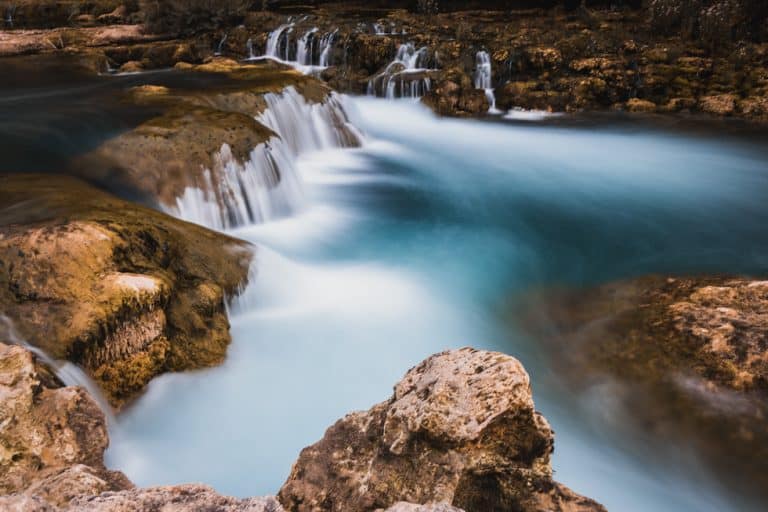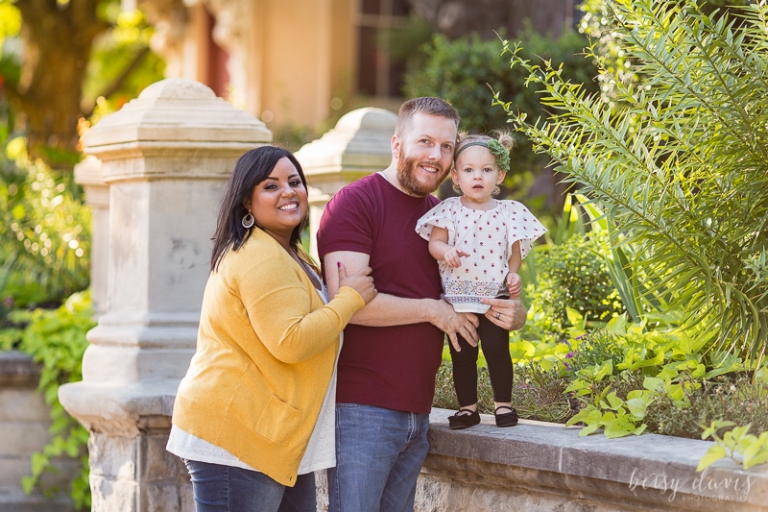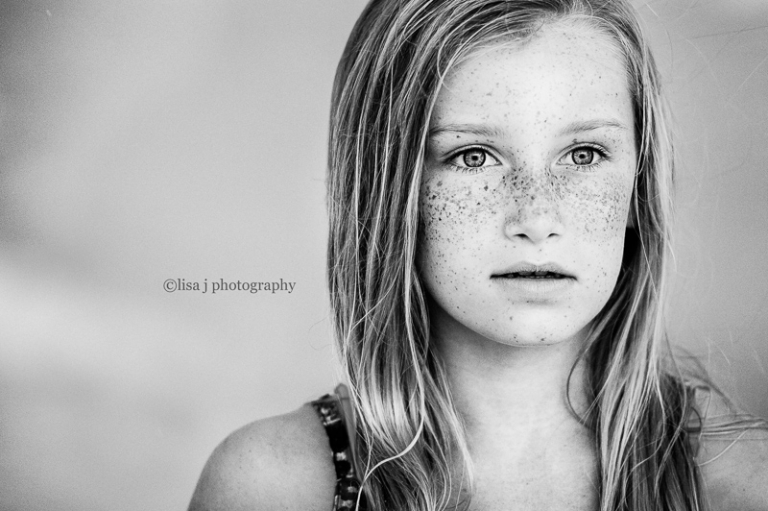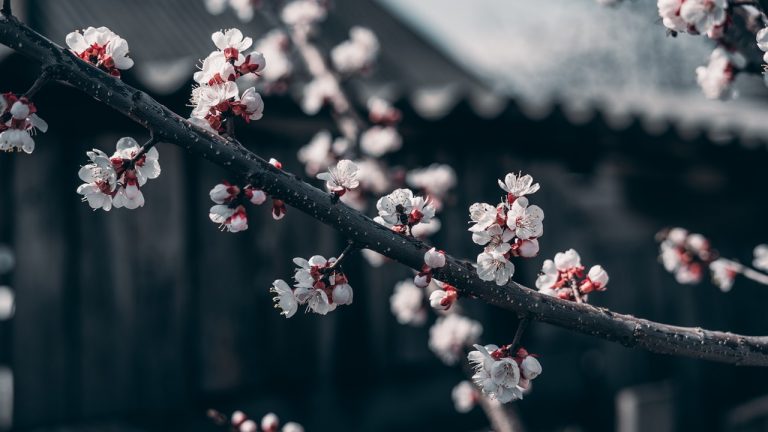What is bokeh, and how do you get it? You’ve heard photographers throwing that term around like everyone knows what it is, but you’re left in the dark trying to understand it.
Not to worry, bokeh isn’t so mysterious once someone explains what it means which is what we’re here for. We’ll also let you in on the secret to getting the best bokeh in your own photos!
What is bokeh in photography?
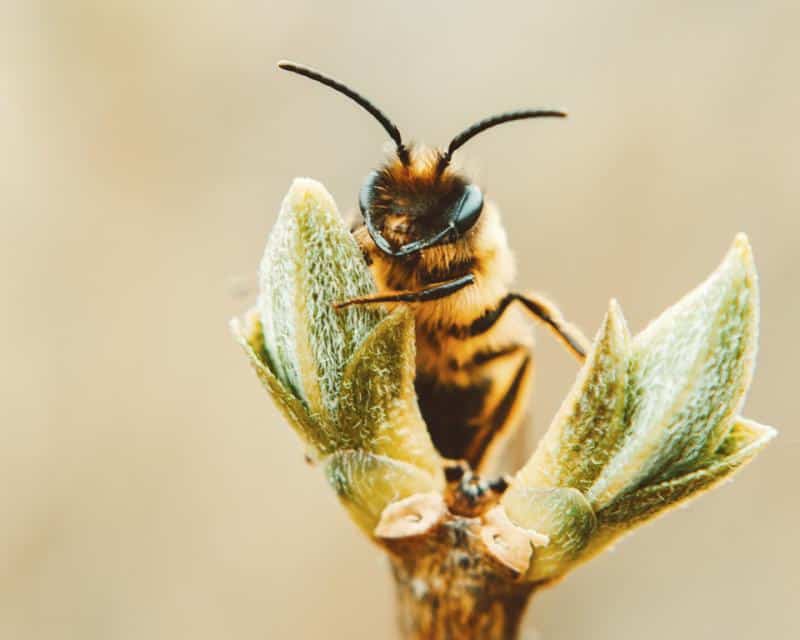
Bokeh in the simplest terms is the blurred out or fuzziness you see in the background of some really good photos. More than that, bokeh is the quality of the blur. While all bokeh is blurry, not all blur in photography is bokeh. What the heck does that mean? Let’s use an example of a child riding a bike, with the intention of the child being clear in the photo. The part of your photo that is blurred is important. If the whole photo is blurry chances are your focus is off or the shutter speed is too slow. But if your subject, the child, is in focus while the background is out of focus, you’ve achieved bokeh in your photo! Bokeh is directly tied to camera focus and aperture.
One genre of photography where bokeh is most prominently seen is macro photography. Due to the small nature of the subject and the type of lens used, the background of these photos have a very good blur to them. It should be noted that macro photography requires macro lenses in order to be able to get close enough to the subject so that they take up a big enough part of the frame.
Want to learn more about macro photography? We’ve got all you need to know right here.
What causes bokeh?
Bokeh is how your camera and lens interprets points of light that are not focused properly. Rather than the source of light being a point like it is in real life, it appears larger in a photo because of the lack of focus on that light source. That’s not to say only light can have bokeh, but all objects do refract light off them from the sun, so you can have bokeh regardless of what is in your background.
Learn how to turn your bokeh lights into shapes!
Why do people want bokeh in their photos?
By blurring the background of your photo you can hide distracting elements from your image. You can also use it to hide background elements that don’t work with the mood or the aesthetic of the image. Imagine you’re in a pretty little park in a town or city but you’ve got telephone poles in the background of your image. By blurring the background you can hide the telephone pole to a certain extent, depending on your camera lens.
Not only does bokeh hide unwanted background elements, it also puts a greater focus on the subject. When the viewer’s eyes have nothing to focus on except the subject of your photo, they can really take time to appreciate the beauty of that subject. They can see the color of the person’s eyes, freckles on their cheeks, and connect with the expression on their face. Bokeh shots of plants, animals, and insects helps the viewer reacquaint and reconnect themselves with the intricacies and beauty of mother nature.
How do you get the best bokeh?
A good bokeh is dependent on 3 factors: the distance between your subject and background, your aperture (dependent on your lens), and your plane of focus. The distance between your subject and background is immensely important. Take a photo of a football player with their back three feet from their field goal posts and everything will be in focus. Now take a photo with your player 120 yards from that same goal post. This time the field goal post will be blurry.
You will want a lens with an aperture that of f1.2-2.8 if you can afford it. The wider your aperture, the smaller your plane of focus and the blurrier your background. Think of the plane of focus as a wall. The smaller your aperture the thicker your wall is which means more is in focus. Conversely, the larger your aperture the thinner your wall is and the less is in focus. Take the football example above. When the player is 120 yards from the field goal post take 2 photos with apertures 1.8 and 5.6. The f5.6 shot will have more in focus than the f1.8 shot because the plane of focus is larger. So the f1.8 shot has a blurrier background.
While aperture affects your plane of focus, the two are not the same thing. If you focus your camera on the goal post 120 yards away then most of the image will be in focus when you use a large aperture. The part of your image not in focus will barely be blurry. Now focus your camera on the 10 yard line closest to you. The 10 yard line will be in focus while the posts 120 yards away will by much blurrier than the line.
Best lenses for bokeh?
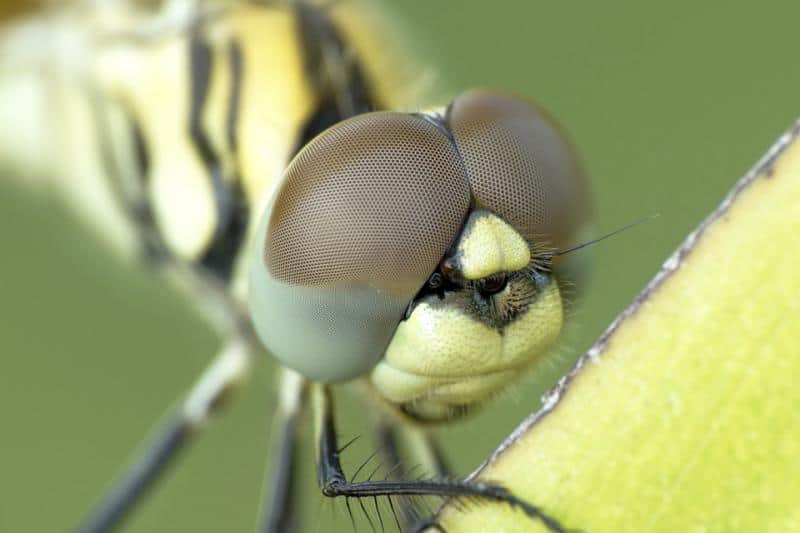
Any macro lens, any telephoto lens and some prime lenses with a large aperture will help you achieve bokeh in your images. Macro lenses allow you to get super close to your subject, creating an effect similar to increasing the distance between your subject and the background elements. Telephoto lenses also help isolate the subject from their backgrounds. Prime lenses with large apertures narrow your plane of focus so less of your background elements are in focus. You’ll want as large an aperture as possible because you can’t always control how far your subject is from the background. A larger aperture means you don’t need to have your subject as far away from the background to achieve a bokeh effect.
What is the difference between bokeh and compression?
While bokeh describes the blurriness of an image, compression is an effect of using a telephoto lens where it somehow appears to pull your background in closer to your subject sort of compressing your layers. How does this work? When you take a shot using a telephoto lens, you need to stand further away from your subject than when you’re using a wide angle lens. The telephoto lens makes background items look larger than they are, which gives the appearance that your background moved closer to your subject.
Get more in depth with bokeh and compression here.
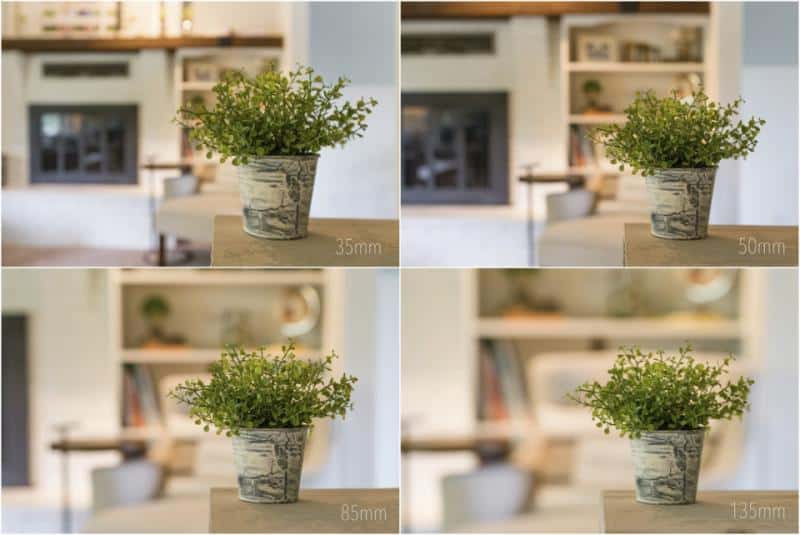
Check out the photos above to show the difference between focal lengths. Keep in mind that in order to keep the plant the same size in the photos, you have to take more and more steps back away from the plant. As the background appears to grow it also appears to be more out of focus, a stronger bokeh.


